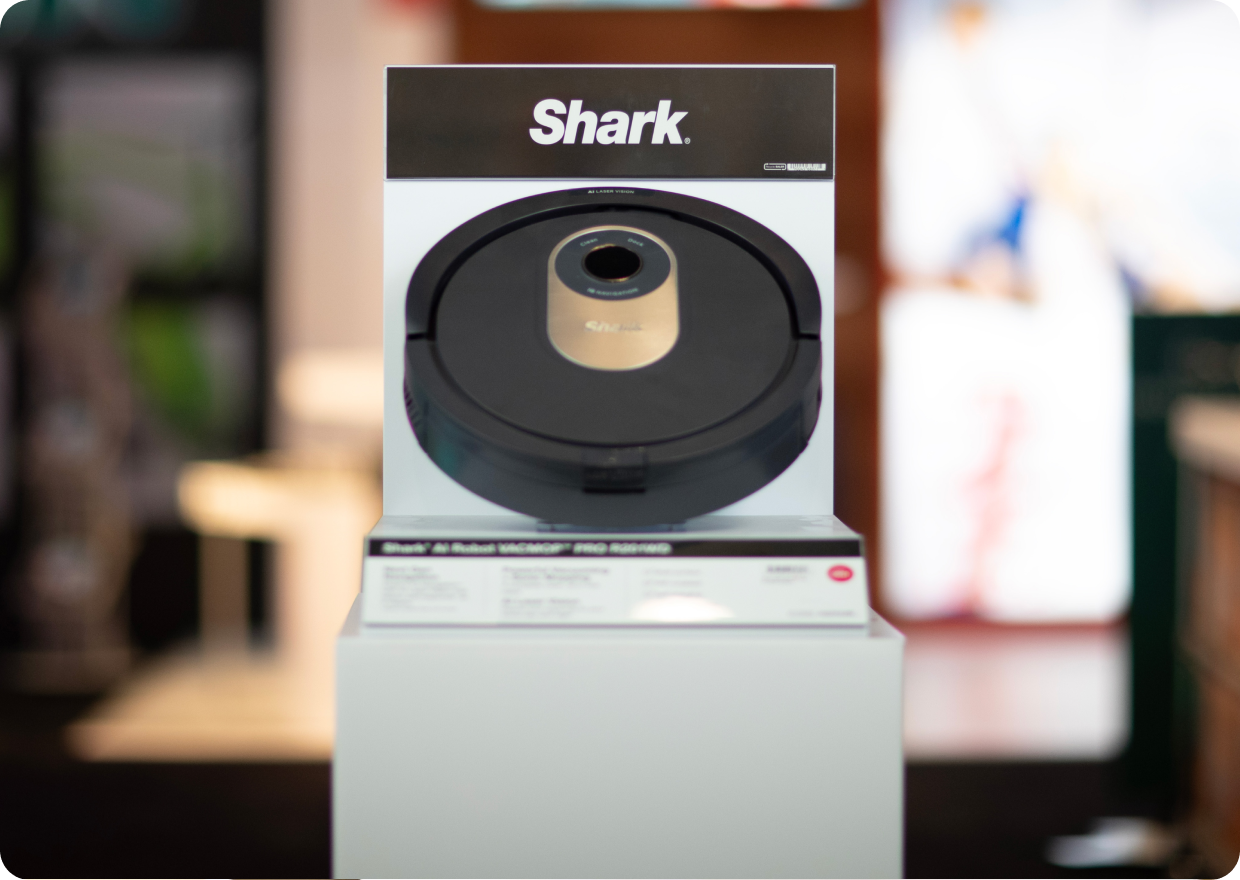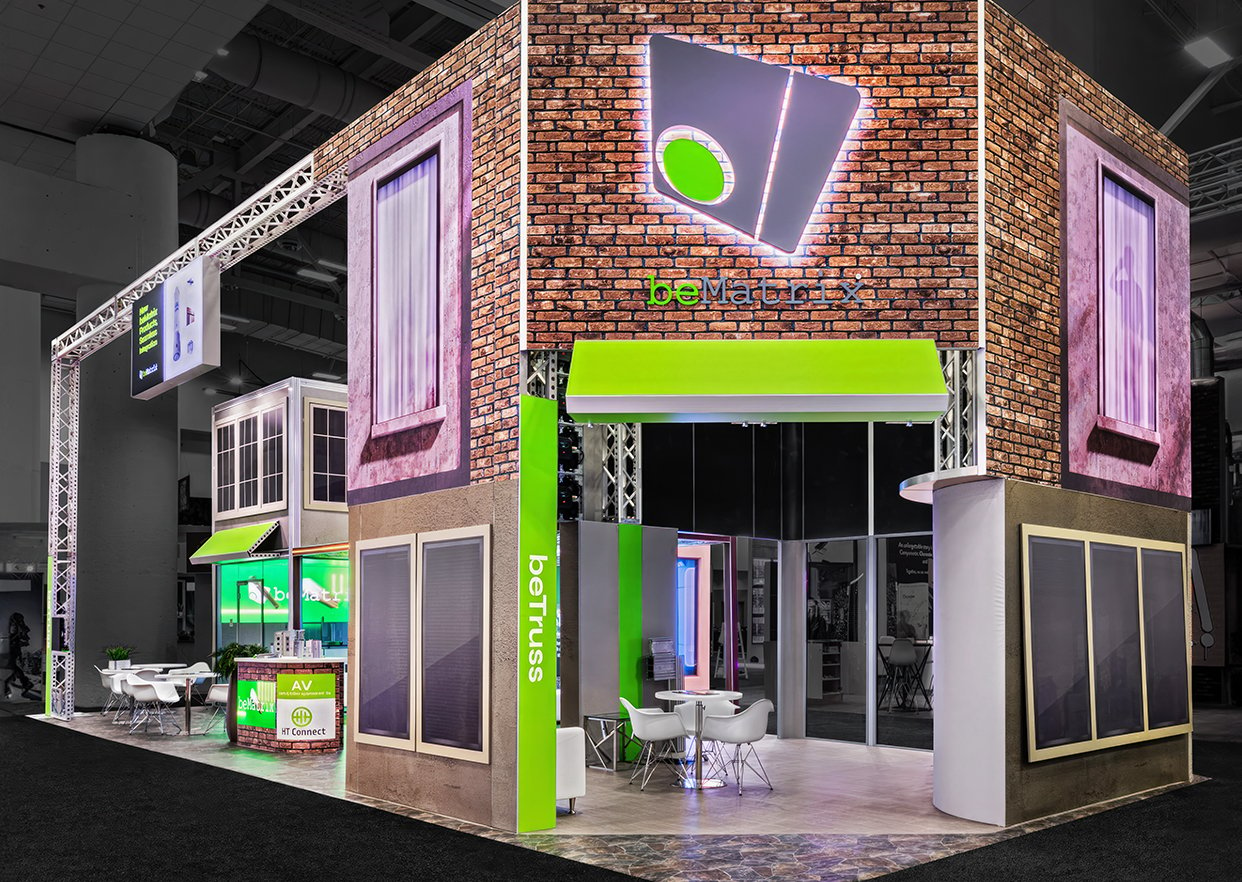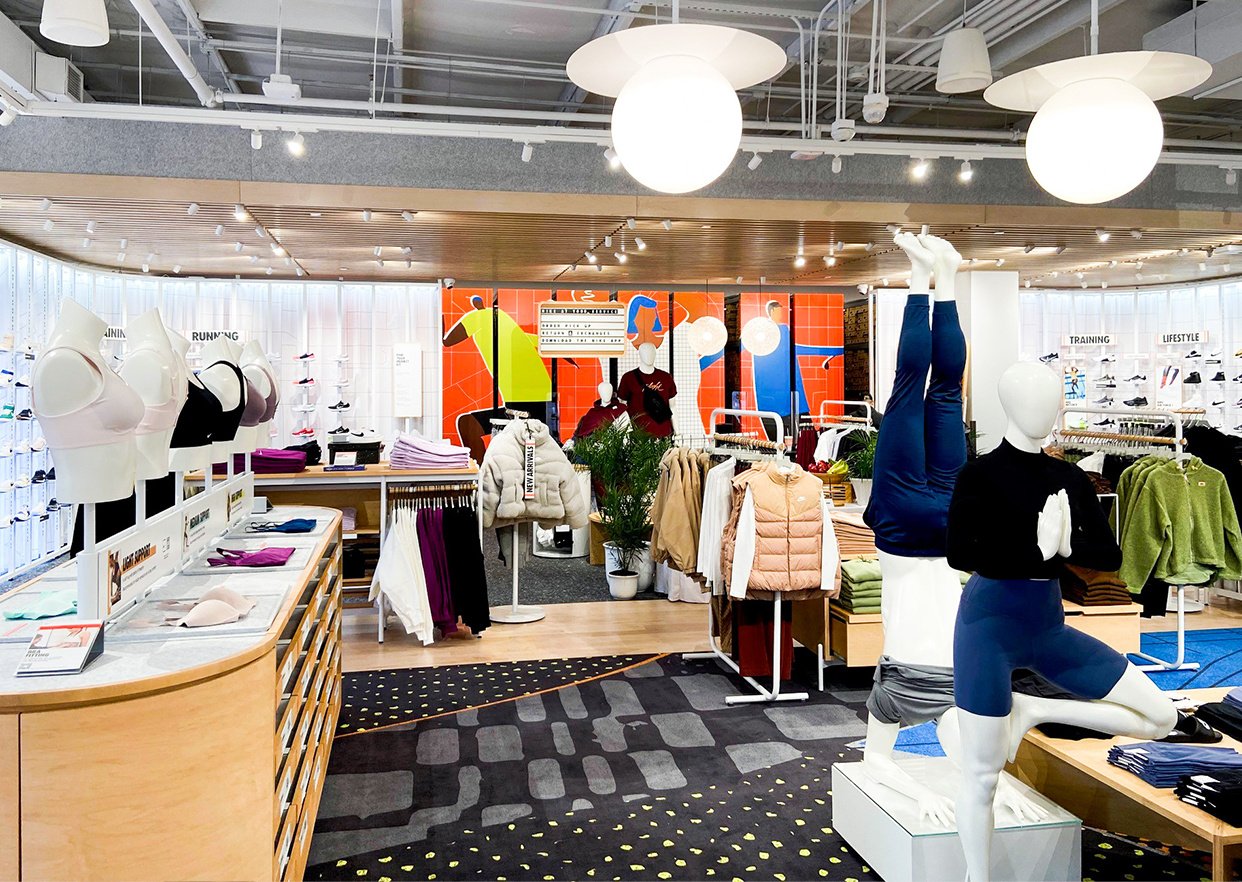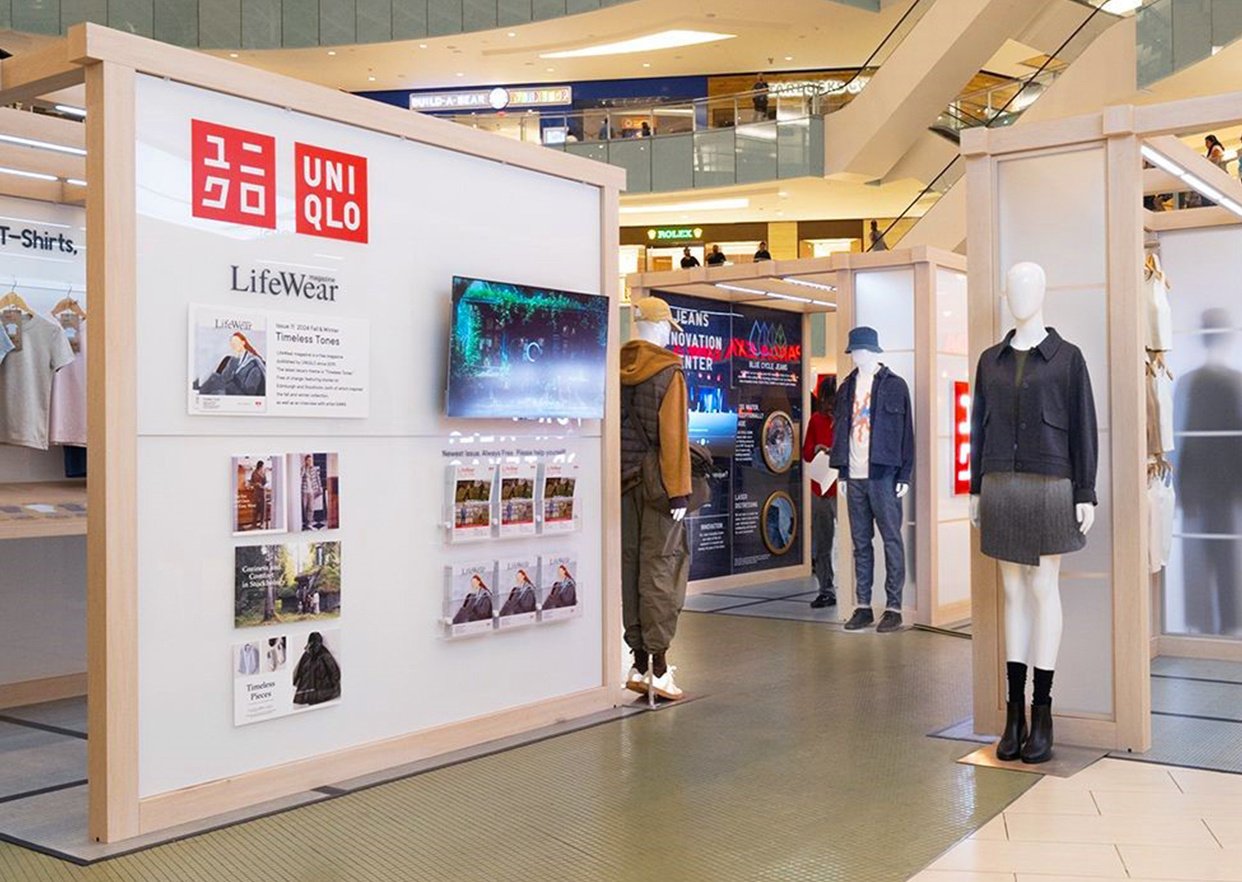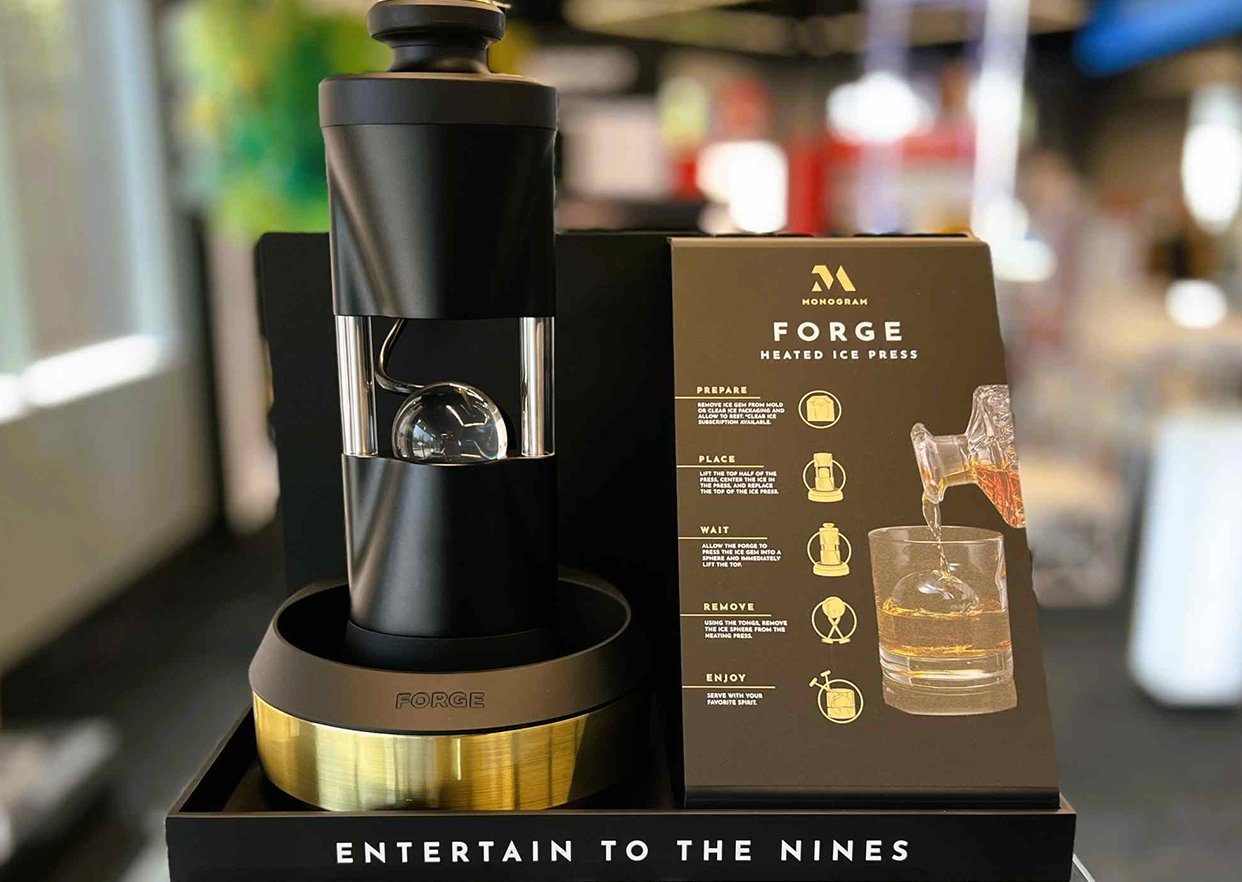In a prior blog on the topic of secured product displays, we noted that shoplifting and other forms of retail theft cost U.S. businesses more than $112 billion annually. Mathematically, this equates to roughly $335 for every person nationwide.
Clearly, retailers need to take steps to protect the merchandise on display and minimize losses from retail theft that are inevitably passed on to shareholders, employees and consumers themselves. However, secure retail displays cannot come at the expense of the brand or customer experience.
In the competitive world of retail, balancing security and aesthetics is crucial. Retailers must protect the merchandise while ensuring that the store design remains inviting and true to the brand identity. This blog explores retail display security solutions and how retail product displays can aid in preventing shoplifting — and preventing retail theft in its other forms — while still creating an aesthetically pleasing shopping environment.
How do retailers prevent theft?
Before discussing how to blend effective visual merchandising in retail with retail display security solutions, it’s important to understand the various types of anti-theft devices for retail stores. A variety of techniques are now being used with the goal of preventing retail theft. For simplicity, we will group them by anti-theft display devices versus the complementary digital technologies designed to prevent retail theft.
Five Common Types of Secure Retail Displays
1. Secure Demo Fixtures
Custom retail display fixtures can be built into shelving in a way that allows customers to see and touch the product without being able to physically remove it. Consumer electronics are often displayed in secure demo fixtures of this type.
2. Locking Retail Product Displays
Just as it sounds, this technique involves the use of custom retail displays that are secured by a lock-and-key mechanism, to be opened only by a retail store employee. Locking anti-theft display cases are often used for high-value items such as jewelry, electronics and collectibles.
3. Security Peg Hooks
Security peg hooks are often used for small, high-theft items like electronics accessories and cosmetics. These hooks are equipped with locking mechanisms that require a special key, held by the store employee, to release the product from the retail product display.
4. Cable Locks and Alarms
This type of secure retail display uses a cable attached to the product that triggers an alarm if tampered with. Cable locks and alarms are often used for electronics and other high-value items that need to be displayed but are too valuable to leave untethered.
5. Shatterproof Display Cases
Shatterproof custom retail displays are made from materials like polycarbonate, which are resistant to breaking. This type of anti-theft display is increasingly being used for high-value items targeted for smash-and-grab thefts, such as fine jewelry.
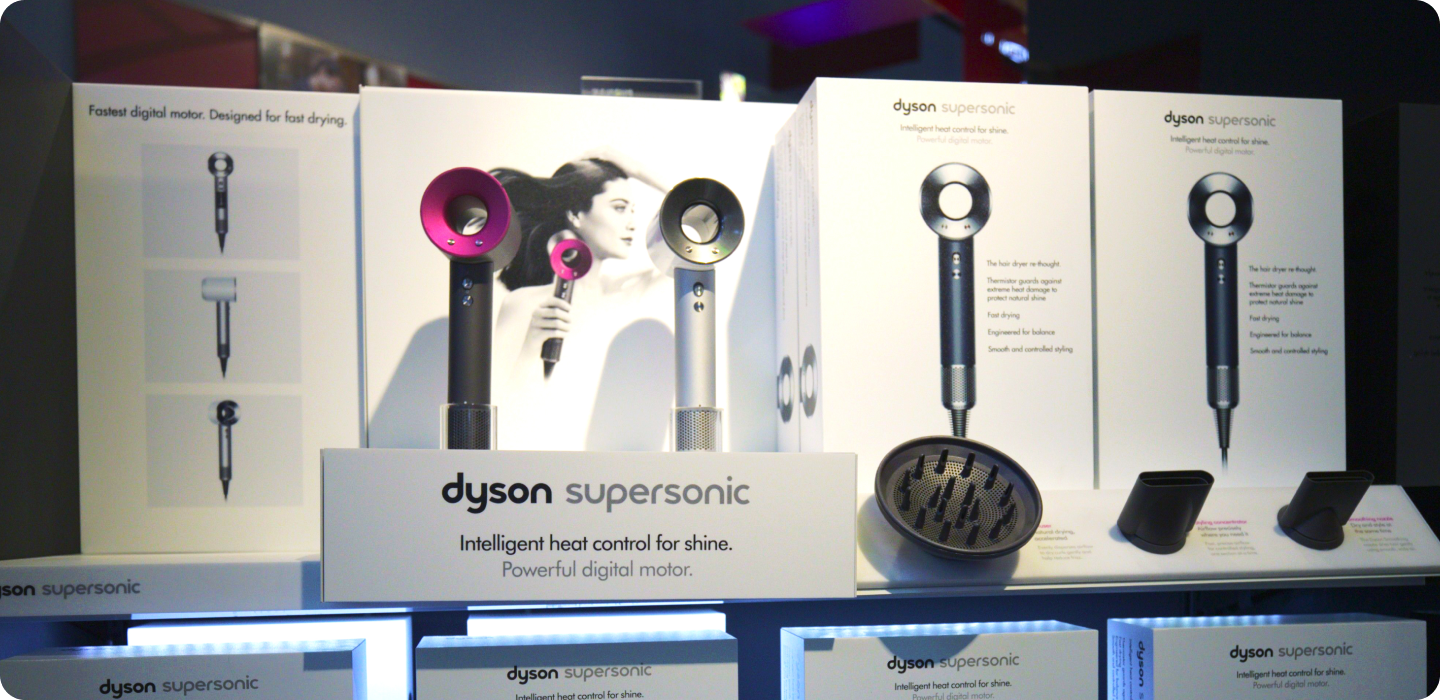
Four Examples of Digital Technology in Secure Retail Displays
1. Security Cameras
Cameras are often strategically placed to monitor areas of a store believed to be at high risk of retail theft. The cameras enable back-office security teams to monitor retail product displays in real time. They can also be integrated with artificial intelligence (AI) systems to detect suspicious behavior.
2. Physical Sensors
Sensing equipment can be used to detect the movement of products or tampering with visual merchandising displays. Alarms are triggered or notifications sent to in-store personnel if retail display security is breached.
3. Biometric Sensors
Generally only used for anti-theft display cases containing high-value items, fingerprint or facial recognition technology is required to unlock the retail product display. In addition to preventing access by customers, this type of retail display security solution also ensures that only authorized employees of the retailer can access the secured items — preventing retail theft by rogue employees.
4. RFID Tags
RFID tags can be attached to retail products and monitored through RFID readers. The use of RFID tags enables the retailer to track the movement of items within a store and aids in preventing retail theft by triggering alarms if those items are removed from the premises without proper checkout.How can retail shoplifting be prevented?
We’ve explored the various types of anti-theft devices for retail stores. Now it’s time to look at how these devices can be incorporated into retail product displays and visual merchandising display fixtures in a way that supports the goal of preventing shoplifting — but without adversely affecting the shopping experience. The solution lies in a combination of concealment, innovation and thoughtful selection of raw materials.
Concealing Retail Display Security Features
Discreet Design
Retail display security features can be integrated into retail environments in a way that keeps them hidden from customers. For example, cameras can be designed to look like something else, such as a speaker or smoke detector. They can also be incorporated into the store’s visual merchandising displays and decor, such as light fixtures or decorative elements, helping to build the brand while ensuring they do not stand out.
Surreptitious Sensors
Sensors can be cleverly embedded within the store’s design elements, such as shelving units or retail product displays, making them virtually invisible to customers. This approach maintains the store’s clean and modern look while providing robust security.
Innovative Approaches to Preventing Retail Theft
Smart Mirrors
To maintain control of retail merchandise and prevent retail theft, customers must be monitored. However, the customers don’t want to feel like they’re being watched. Mirrors with built-in surveillance cameras offer a discrete solution, allowing the retailer to monitor activity without being obvious.
Subtle Security Tags
Modern security tags are designed to be as small and unobtrusive as possible. The small size aids in preventing shoplifting but without detracting from the product’s appearance or the customer’s experience with the brand.
Wireless and Low-Profile Devices
Wireless alarm systems and surveillance cameras reduce the need for visible wiring, making anti-theft devices for retail stores less obtrusive. Likewise, using “low-profile” retail security devices — such as slimline cameras and compact alarm systems — helps to maintain the store’s brand aesthetic.
Material Choices in Visual Merchandising Displays
Ultra-Secure Enclosures
Using acrylic product displays, shatterproof glass or polycarbonate for retail product displays enhances security without compromising visual clarity or brand elegance.
Consistent Themes
The materials chosen to enhance retail security should match the store’s overall design theme. For example, a high-end boutique might use polished metal and glass while a technology retailer might opt for acrylic product displays and brushed aluminum. All security features, right down to the lock on a display case, should ideally align with the brand’s identity and aesthetic.
Secure Retail Display Success Stories
The challenge of balancing retail security with aesthetic appeal is an ongoing challenge for retailers. However, several prominent U.S. retailers are achieving this balance, utilizing innovative security features in their retail product displays that blend seamlessly with their store designs.
Sephora
Sephora's stores feature elegant anti-theft display cases with built-in security measures such as invisible locks and sensors. The use of high-quality materials and strategic lighting in Sephora’s custom retail displays ensures that the security features do not detract from the store's luxurious feel. Sephora has seen increased customer engagement and noted measurable progress in preventing retail theft.
Best Buy
Best Buy uses a combination of RFID technology and smart locks to secure high-value electronics. Their retail product displays are designed to be both secure and visually appealing, encompassing a variety of acrylic marketing displays that blend with the store's tech-centric aesthetic. This approach has led to improved inventory management and reduced shoplifting losses for Best Buy.
Home Depot
In addition to the use of cameras, RFID tags and other electronic security systems, Home Depot often controls access to high-value tools and equipment with cable locks or secure retail displays. Here again, these types of anti-theft visual merchandising displays improve inventory management while reducing shoplifting losses.
Taylor: Custom Acrylic Product Displays for Retail Security
Taylor is a manufacturer of custom retail displays including secure retail displays such as those described above. While acrylic product displays and other acrylic marketing displays are our specialty, we work with an endless array of materials including metal, wood, high-performance plastics, aluminum composite materials (ACM), and both aluminum and plastic extrusions.
We are perhaps best known for our efforts to bring a heightened level of environmental sustainability to the world of retail product displays. Taylor offers customers the option of using Recrylic®, the world’s only line of certified recycled acrylic sheets. Utilizing Recrylic instead of non-recycled acrylic reduces carbon emissions by up to 90% across a wide range of retail product displays, fixtures and custom signage systems.
See for yourself how custom retail displays from Taylor can bring added retail security to visual merchandising displays. Our expertise with retail display security enables us to support your goal of preventing retail theft while simultaneously shrinking your carbon footprint and creating an engaging shopping experience. Contact your Taylor representative to learn more.


